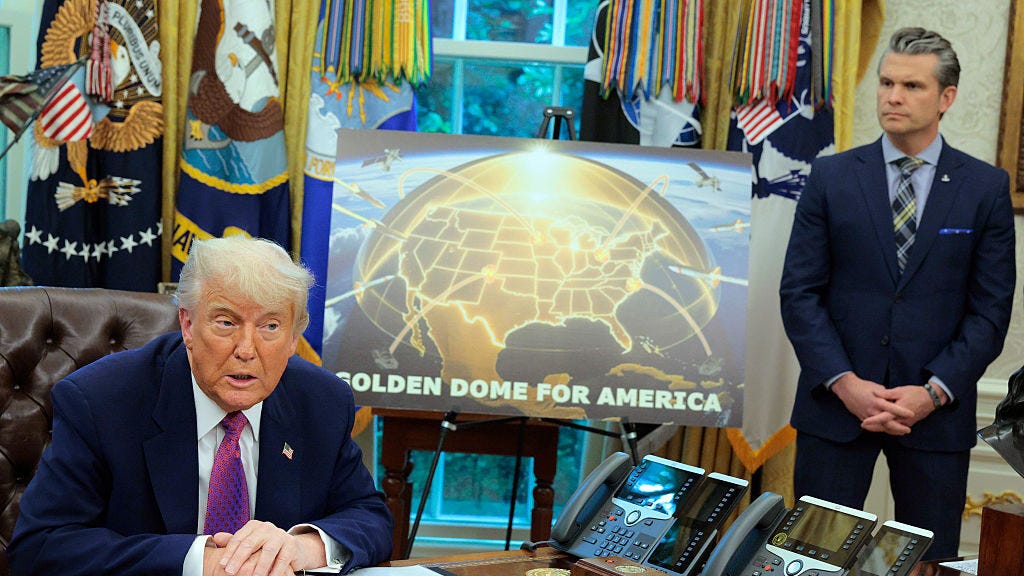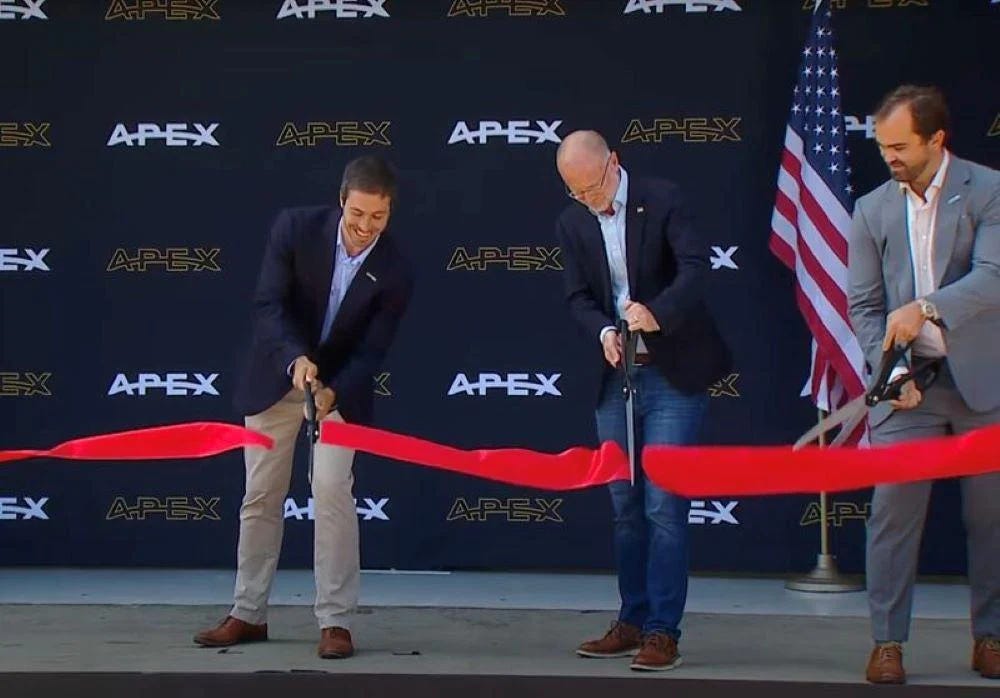This Week in Launch – #7
Starship lunar update, China's youngest taikonaut, and more
Welcome to the seventh issue of This Week in Launch, a roundup of space-related news posted at the end of each week.
Thank you for joining me! Let’s dive in.
To the Moon & Back!
On Thursday, SpaceX announced an update to its long-awaited lunar Human Landing System. NASA selected Starship in 2021 to serve as the lander for the Artemis III mission and return humans to the Moon for the first time since Apollo.
The massive Starship HLS will have a habitable volume comparable to that of the ISS, and approximately 100 times as much as the Apollo lander that last brought American astronauts to the moon.
SpaceX reminded everyone that over 90% of program costs are coming out-of-pocket, with the remainder under a fixed-price contract — ensuring the company is only paid after the successful completion of progress milestones, and American taxpayers are not on the hook for increased costs — something most legacy space primes cannot claim.
They say the last major milestone is transferring cryogenic liquid methane and liquid oxygen between two Starships in low-Earth orbit, now planned for early 2026 (see video below).
This announcement came 10 days after acting NASA admin Sean Duffy’s politically charged decision to “open up” the contract to competition.
In a statement, NASA confirmed that both SpaceX and Blue Origin submitted accelerated approaches for an HLS lander. The request for Information to the broader space industry will be delayed until after the now month-long U.S. government shutdown, which continues to freeze funding and timelines.
Golden Dome is Going Up?
On Friday, an anonymous WSJ report claims SpaceX is set to pocket $2 billion to develop up to 600 satellites for tracking missiles from orbit.
If true, this will be a significant step towards realizing President Trump’s Golden Dome defense program.
Announced in January 2025, it promises a revolutionary space-based shield against ICBMs, with thousands of satellites zipping through low Earth orbit to detect and destroy threats before they even leave the atmosphere.

Despite hype and a whopping $175 billion price tag (critics say it’ll balloon to trillions), concrete details remain frustratingly elusive.
The Pentagon hasn’t released the full architecture, technical specs, or even which agency leads the charge, leaving contractors in a holding pattern and wondering if this will be a repeat of Reagan’s failed “Star Wars” dreams or the real deal.
FCC Cuts Red Tape
On Tuesday, the Federal Communications Commission voted to create a modular “licensing assembly line” that would overhaul its satellite application process to accelerate reviews and reduce bureaucratic delays.

“This plan will modernize the our licensing processes to match the scale and dynamism of today’s space economy.” — FCC Chairman Brendan Carr
Critics worry about fairness and “picking favorites” in fast-tracking, but if it sticks, this could supercharge America’s edge in the global space race without the usual regulatory drag.
Data Centers in Space
Darling startup Starcloud has been recently making headlines following an official NVIDIA blog release last week titled “How Starcloud Is Bringing Data Centers to Outer Space”.
Founded in 2024 and backed by Y Combinator and NVIDIA (now the world’s first-ever $5 trillion company), Starcloud’s white paper claims 22x lower energy costs, but real-world hurdles in bandwidth, latency, and assembly are still to be worked out.
The company will kick things off with Starcloud-2, a satellite launch planned for next month, utilizing NVIDIA H100 GPUs.
Long-term, the company envisions 4km-wide solar arrays, assembled robotically in orbit to handle everything from crunching real-time Earth observation data to AI training.
Many skeptics question the logistics, economics, and physics of the plan. Regardless of the company's long-term outcome, excitement will be guaranteed.
China’s Youngest Astronaut
Later today, China will launch three astronauts toward its Tiangong space station, including 32-year-old Wu Fei, China’s youngest astronaut.
Recruited in 2020 as part of China’s third astronaut batch, Wu’s rigorous training included underwater simulations and docking drills, all fueled by his mantra: “The harder you work, the luckier you get.”
Wu and his crewmates will spend around six months aboard Tiangong.
China has ramped up its space program unilaterally since being excluded from the International Space Station project in 2011, largely due to U.S. government concerns about the Chinese military’s complete control over its space program.
The work done on China’s space station coincides with and often complements the nation’s efforts to be the first nation to land a person on the moon’s surface in more than 40 years.
That’s all for this week. Thank you for reading, and if you have not yet, please consider subscribing.
- David




